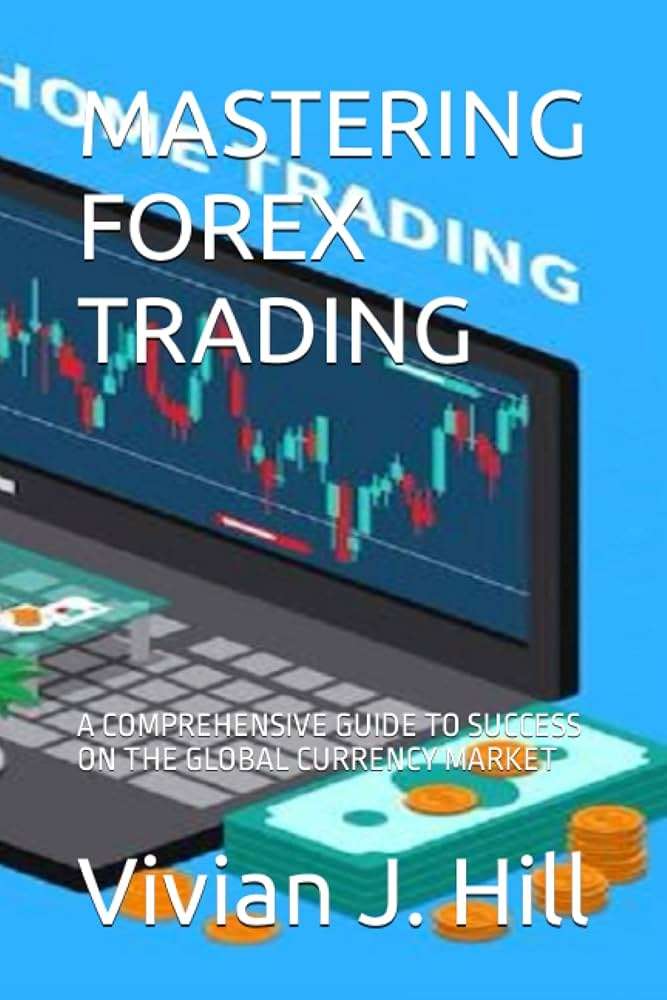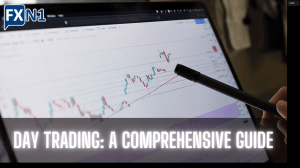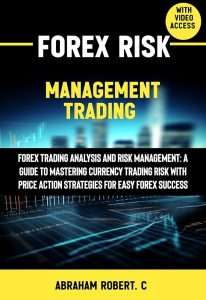Mastering Forex Trading: A Comprehensive Guide to Demo Accounts
Conquer the forex market with confidence! Practice your trading strategies in a risk-free demo account before diving into live trading. Learn the ropes, refine your skills, and build your winning strategy – all without risking your capital. Start your demo today!

Embarking on a forex trading journey can feel daunting. The sheer volume of information, the volatile nature of the market, and the potential for significant financial risk can be overwhelming for newcomers. However, the existence of demo forex trading accounts provides a crucial bridge, allowing aspiring traders to hone their skills and develop a robust trading strategy in a risk-free environment. This virtual playground mirrors the live market, offering invaluable experience without the commitment of real capital. By understanding the nuances of demo trading, you can pave the way for a more successful and less stressful transition to live trading.
Understanding the Power of Demo Forex Accounts
A demo forex account is essentially a simulated trading environment. It provides you with virtual currency to practice trading various forex pairs, without the risk of losing any real money. This is incredibly beneficial for beginners who are still learning the ropes of technical and fundamental analysis, risk management, and order execution. The platform typically functions identically to a live trading account, giving you a realistic experience of the market’s dynamics.
The key advantage lies in the ability to experiment without financial consequences. You can test different trading strategies, explore various indicators, and learn from your mistakes without incurring any losses. This iterative learning process is invaluable for developing a consistent and profitable trading approach. Think of it as a highly effective training ground before stepping onto the real trading field.
Benefits of Utilizing a Demo Account
- Risk-Free Learning: Practice trading without risking your own capital.
- Strategy Development: Test and refine your trading strategies in a safe environment.
- Indicator Exploration: Experiment with various technical indicators to find what suits your style.
- Emotional Control: Learn to manage emotions under market pressure without financial repercussions.
- Platform Familiarity: Become comfortable with the trading platform’s interface and features.
- Backtesting Strategies: Simulate past market conditions to test your strategies’ effectiveness.
Developing a Robust Trading Strategy with Demo Accounts
While a demo account provides a safe space to learn, it’s crucial to approach it with a strategic mindset. Simply placing random trades won’t yield valuable insights. Instead, focus on developing a well-defined trading plan that incorporates risk management, clear entry and exit points, and a defined trading style. This structured approach will allow you to track your performance, identify areas for improvement, and ultimately refine your strategy for better results.
Start by identifying your trading style – are you a scalper, day trader, swing trader, or long-term investor? Each style requires a different approach to risk management and trade selection. Once you’ve chosen a style, research relevant indicators and chart patterns that align with your strategy. Then, practice implementing your chosen strategy on the demo account, meticulously recording your trades and analyzing your results.
Essential Elements of a Successful Demo Trading Strategy
- Defined Trading Plan: Outline your goals, risk tolerance, and trading style.
- Risk Management: Implement stop-loss orders to limit potential losses on each trade.
- Technical Analysis: Utilize charts, indicators, and patterns to identify potential trading opportunities.
- Fundamental Analysis: Consider economic news and events that may impact currency prices.
- Trade Journaling: Record all your trades, including entry and exit points, rationale, and results.
- Regular Review: Analyze your performance regularly to identify areas for improvement.
Navigating the Transition from Demo to Live Trading
After spending sufficient time on a demo account, and consistently achieving profitable results, you might be ready to transition to live trading. However, this step requires careful consideration. The psychological impact of risking real capital is significantly different from virtual trading. Many traders find that their performance dips when they switch to live accounts due to increased emotional pressure.
To mitigate this risk, start with a small account size. This allows you to gain experience in the live market without jeopardizing a substantial amount of money. Gradually increase your trading volume as you become more confident and comfortable with the realities of live trading. Remember that even the most successful traders experience losses; it’s part of the process. The key is to manage those losses effectively and learn from each experience.
Common Mistakes to Avoid in Demo Forex Trading
Even in a risk-free environment, it’s crucial to avoid certain pitfalls that can hinder your learning process. Over-leveraging, for instance, can lead to unrealistic expectations and poor risk management habits. Similarly, neglecting to track your trades and analyze your performance will prevent you from identifying areas for improvement.
Another common mistake is chasing profits. Focusing solely on making money can lead to impulsive decisions and ignoring your predefined trading plan. Instead, prioritize learning and refining your strategy. Consistent, small profits are far more sustainable than sporadic large gains followed by significant losses.
Finally, remember that demo trading is a tool for learning, not a shortcut to riches; It requires dedication, discipline, and a willingness to learn from both successes and failures. Treat your demo account as a valuable learning experience, and you will be better prepared for the challenges and opportunities that await you in the live forex market.







